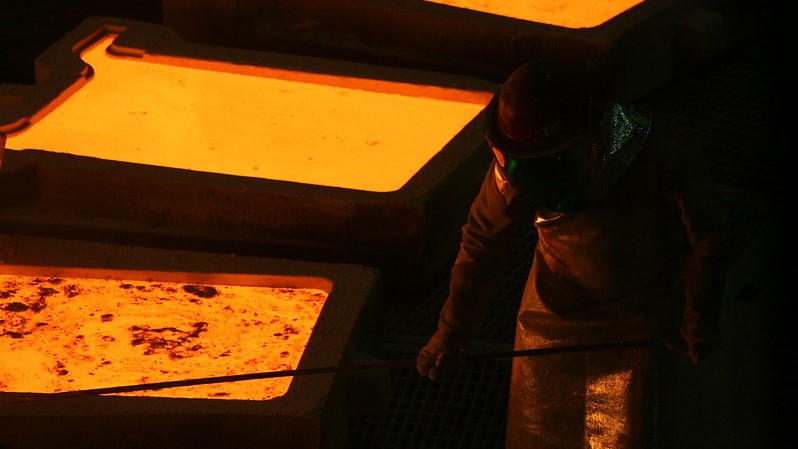
Copper prices rose on Friday tracking gains in equities market buoyed by optimism over the global economic recovery on positive US labour data and its faster-than-expected covid-19 vaccination roll-out plans.
Copper for delivery in May was up 2.11% by midday, with futures touching $4.06 per pound ($8,932 a tonne) on the Comex market in New York.
Click here for an interactive chart of copper prices
Industry opinion is strongly – and evenly – divided between the two camps.
A new report by Roskill says …
Industry opinion is strongly – and evenly – divided between the two camps. Bears will point out that this year’s price spike occurred during Lunar New Year when Chinese traders were away, indicating that the surge was largely speculatively driven, without much fundamental support, and during the quiet season for consumption in the Rest of the World.
The bulls rightly argue that with the Mainland’s fabricators reigniting their furnaces from maintenance shutdowns demand will pick up sharply
For bears, prices over $9,000/t may represent the ‘last hurrah’ before recent production disruptions and temporary dislocations to international trade (in delayed shipments from Chile and Peru, and in containerised scrap awaiting customs clearance at Chinese ports) are overcome.
Increased refined production will come through in H2 2021, returning the market to equilibrium, with a downwards correction in prices the certain result. But this only represents one side of the coin.
The problem is the body of evidence supporting the bulls is equally convincing.
The starting point are the total visible inventories – or buffer stocks – available to meet short term fluctuations in refined supply and demand. At the end of February, the combined exchange inventories of LME + Comex + SHFE + INE plus those in Chinese bonded warehouses stood at 710kt, sufficient to meet only 1.5 weeks of global refined consumption.
Although these have risen 149kt since the end of January, due to the Chinese New Year, they are still 145kt below the 855kt seen in February 2020 (during the Chinese pandemic when demand was suppressed).
The bulls rightly argue that with the Mainland’s fabricators reigniting their furnaces from maintenance shutdowns demand will pick up sharply.
Given that Chinese industrial production surged 35% yoy in Jan-Feb 2021, with multiple end use market indicators glowing red hot, they point out that any meaningful disruption to supply will quickly create physical shortages that would push cathode premiums and prices sharply higher.
Moreover, demand in the Rest of the World is now also reviving, increasing competition. 2021 has seen mine disruptions at Las Bambas, Antopaccay, Cerro Verde, Aitik, Ok Tedi and Nornickel’s Oktyabrsky and Taimyrsky, the latter of which will be highly significant.
For now, the imminent strike threat at Antofagasta’s flagship Los Pelambres mine in Chile has been averted, as both sides continue talks, but with 98.5% of union employees rejecting the proposed new labour contract, they will drive a hard bargain for an improved share of the current copper price in a package of wages, bonuses and benefits.
(This article is the first step in a collaborative bilateral exchange of editorial content between Roskill and Cu2 Consulting in copper market research.)
Comments